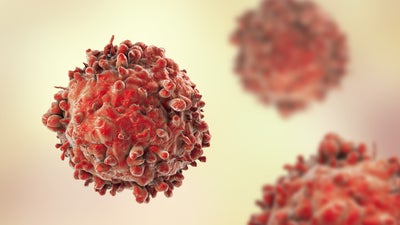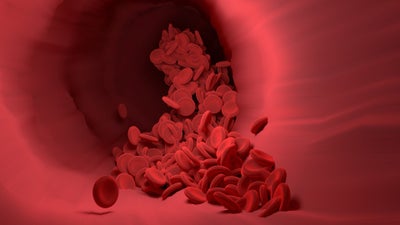
Blood and circulation
Blood circulation system
The blood circulation system is a complex network of arteries, veins and capillaries that ensures the continuous flow of blood throughout the body.
It plays a crucial role in supplying oxygen, nutrients, and other essential substances to cells while removing waste products and carbon dioxide.
Components of blood

Blood comprises two main components: plasma and blood cells. Plasma, making up approximately 55% of blood volume, is a straw-coloured fluid that carries various substances, including proteins, hormones, and waste products.
Blood cells, which make up the remaining 45%, consist of three primary types:
- White blood cells (leukocytes): these cells are essential for defending the body against infections and foreign invaders. They play a critical role in the immune response.
- Red blood cells (erythrocytes): red blood cells transport oxygen from the lungs to body tissues and carry carbon dioxide back to the lungs for elimination.
- Platelets (thrombocytes): platelets are crucial for blood clotting, preventing excessive bleeding when injuries occur.
Blood cell production
The bone marrow is the primary site for blood cell production. Here, red blood cells and platelets are produced continuously. Meanwhile, most white blood cells originate in the bone marrow but complete their maturation in lymphatic organs such as the spleen, lymph nodes, and thymus.
Among white blood cells, neutrophils are the most abundant and play a vital role in combating infections. Individuals undergoing chemotherapy may experience neutropenia, characterized by a low neutrophil count, which increases the risk of infections.
Understanding the blood circulation system and its components is helpful for appreciating our body's detailed system for maintaining health and preventing diseases.
Learn more: Stem cells
References
1. Blood basics. American Society of Haematology. Accessed July 2024.
2. Anaemia. Medical News Today. Accessed July 2024.
2. Hematopoiesis. Medical News Today. Accessed July 2024.


